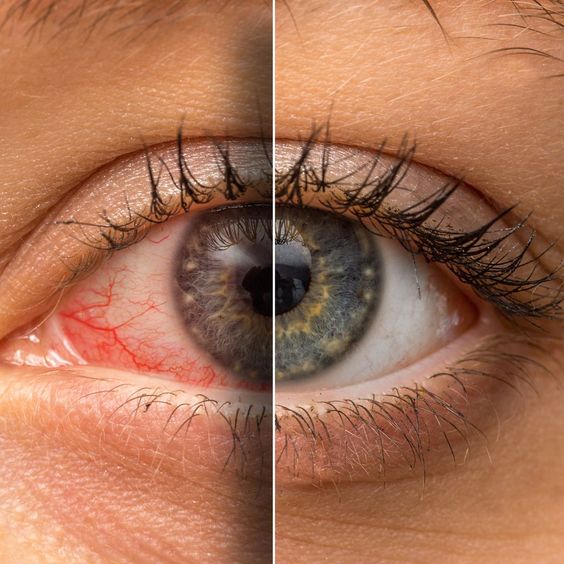Dry Eye Syndrome
Dry eye syndrome is a common condition that occurs when the eyes do not produce enough tears or when tears evaporate too quickly.
It can result in discomfort, irritation, and vision disturbances, affecting daily activities and overall quality of life.
This article provides comprehensive insights into the causes, symptoms, diagnosis, and management of dry eye syndrome.
Causes of Dry Eye Syndrome:
Decreased Tear Production: Aging, certain medical conditions (such as Sjögren’s syndrome), hormonal changes, and medications can reduce tear production.
Increased Tear Evaporation: Environmental factors like dry air, wind, smoke, and prolonged screen time can accelerate tear evaporation.
Eyelid Problems: Conditions affecting the eyelids, such as blepharitis or meibomian gland dysfunction, can disrupt the production and distribution of tears.
Underlying Health Conditions: Systemic diseases like diabetes, rheumatoid arthritis, and thyroid disorders can contribute to dry eye symptoms.

Symptoms
Diagnosis and Evaluation:
Diagnosing dry eye syndrome involves a comprehensive eye examination, including:
Symptom Assessment: Patients’ reported symptoms and their impact on daily activities.
Tear Production Measurement: Specialized tests like Schirmer’s test or tear breakup time (TBUT) assess tear quantity and quality.
Eye Surface Evaluation: Examination of the cornea, conjunctiva, and eyelids for signs of dryness, inflammation, or damage.
Evaluation of Meibomian Gland Function: Assessment of meibomian gland structure and function through techniques like meibography or expression.


Management and Treatment Options:
Artificial Tears: Lubricating eye drops or ointments help alleviate dryness and provide temporary relief.
Prescription Medications: Anti-inflammatory medications, immunosuppressants, or prescription eye drops may be prescribed to reduce inflammation and improve tear production.
Lifestyle Modifications: Strategies like using a humidifier, taking breaks during prolonged screen time, and avoiding smoking can help manage dry eye symptoms.
Eyelid Hygiene: Warm compresses, eyelid massage, and eyelid scrubs can improve meibomian gland function and reduce tear evaporation.
In-office Procedures: Treatments such as punctal plugs (which block tear drainage) or intense pulsed light therapy may be recommended for severe cases resistant to other treatments.
Conclusion
Dry eye syndrome is a multifactorial condition that can significantly impact ocular comfort and visual function. By understanding its causes, symptoms, diagnosis, and management options, individuals can seek appropriate interventions to alleviate discomfort and improve eye health. Early detection and personalized treatment plans, tailored to each patient’s specific needs, are essential for effectively managing dry eye syndrome and enhancing overall quality of life. Regular follow-ups with an eye care professional ensure ongoing monitoring and adjustment of treatment strategies as needed.


